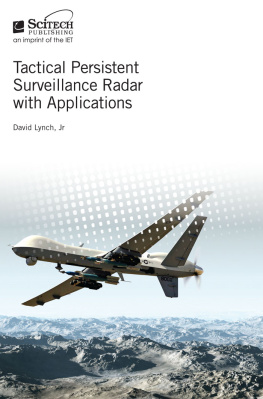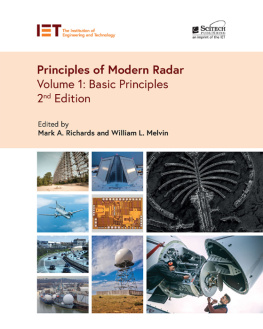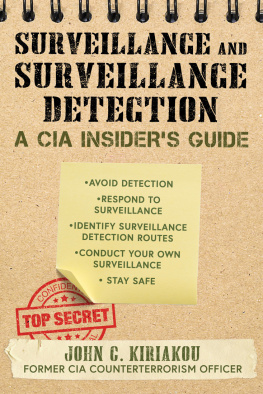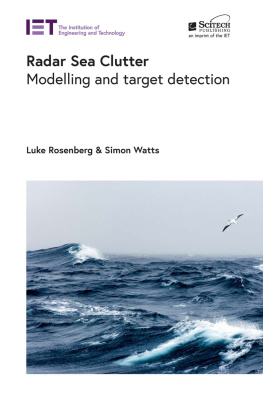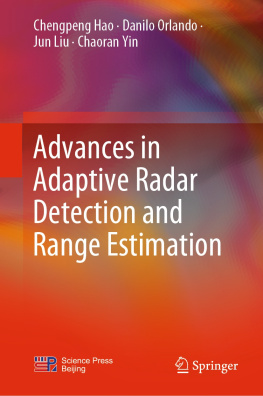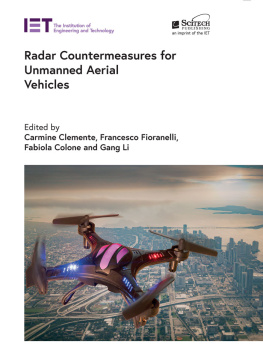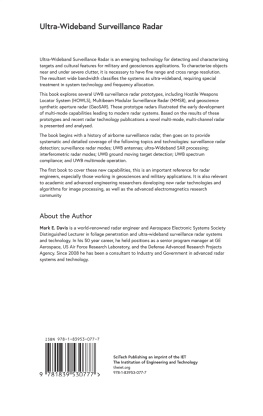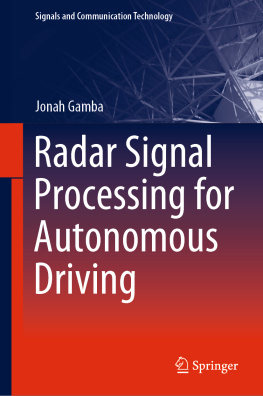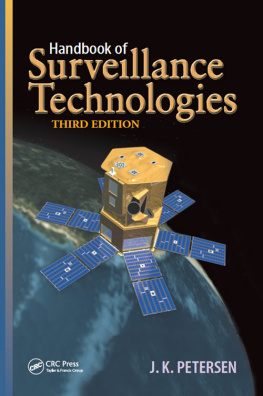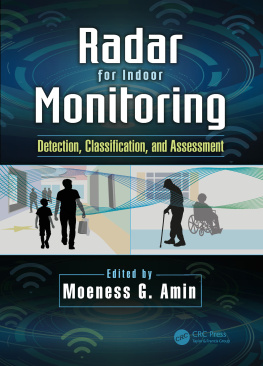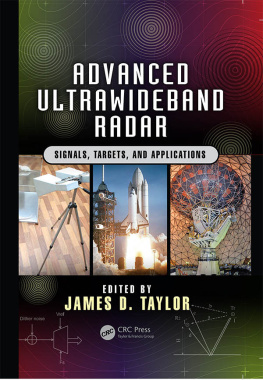David Lynch Jr. - Tactical Persistent Surveillance Radar with Applications
Here you can read online David Lynch Jr. - Tactical Persistent Surveillance Radar with Applications full text of the book (entire story) in english for free. Download pdf and epub, get meaning, cover and reviews about this ebook. year: 2018, publisher: Scitech Publishing, genre: Home and family. Description of the work, (preface) as well as reviews are available. Best literature library LitArk.com created for fans of good reading and offers a wide selection of genres:
Romance novel
Science fiction
Adventure
Detective
Science
History
Home and family
Prose
Art
Politics
Computer
Non-fiction
Religion
Business
Children
Humor
Choose a favorite category and find really read worthwhile books. Enjoy immersion in the world of imagination, feel the emotions of the characters or learn something new for yourself, make an fascinating discovery.
- Book:Tactical Persistent Surveillance Radar with Applications
- Author:
- Publisher:Scitech Publishing
- Genre:
- Year:2018
- Rating:4 / 5
- Favourites:Add to favourites
- Your mark:
Tactical Persistent Surveillance Radar with Applications: summary, description and annotation
We offer to read an annotation, description, summary or preface (depends on what the author of the book "Tactical Persistent Surveillance Radar with Applications" wrote himself). If you haven't found the necessary information about the book — write in the comments, we will try to find it.
Tactical Persistent Surveillance Radar with Applications introduces technologists to the essential elements of persistent surveillance of tactical targets from both a hardware and software point of view, using simple Mathcad, Excel and Basic examples with real data. It is based on the type of surveillance done by drones like Scan Eagle, Predator, Reaper, Global Hawk, and manned aircraft like U-2, ASTOR, and JSTARS as well as spacecraft. The general topic is cellphone and datalink intercept, ground moving target radar, synthetic aperture radar, navigation, tracking, electronic scanning and cueing electro-optical sensors for activity based surveillance.
Examples are taken from a wide range of technologies and techniques including passive detection, radar detection, antenna monopulse, active electronic scanned antennas (AESA), moving target tracking (MTT), motion compensation, tactical target spectral characteristics, moving target detection (MTI), space time adaptive processing (STAP), synthetic aperture radar (SAR) imaging, change detection (CCD), and synthetic monopulse.
Over 120 example applications programs are included in the appendices and as downloads as well as over 100 SAR and GMTI raw IQ data files. These allow the curious to experiment with their own parameters and notions to achieve a greater understanding of the underlying behaviors.
Based on the authors 55-year experience in engineering design, leadership, teaching and consulting, this book is an essential text for researchers, advanced students and technologists working in radar and related fields in computing and aerospace system design.
David Lynch Jr.: author's other books
Who wrote Tactical Persistent Surveillance Radar with Applications? Find out the surname, the name of the author of the book and a list of all author's works by series.

